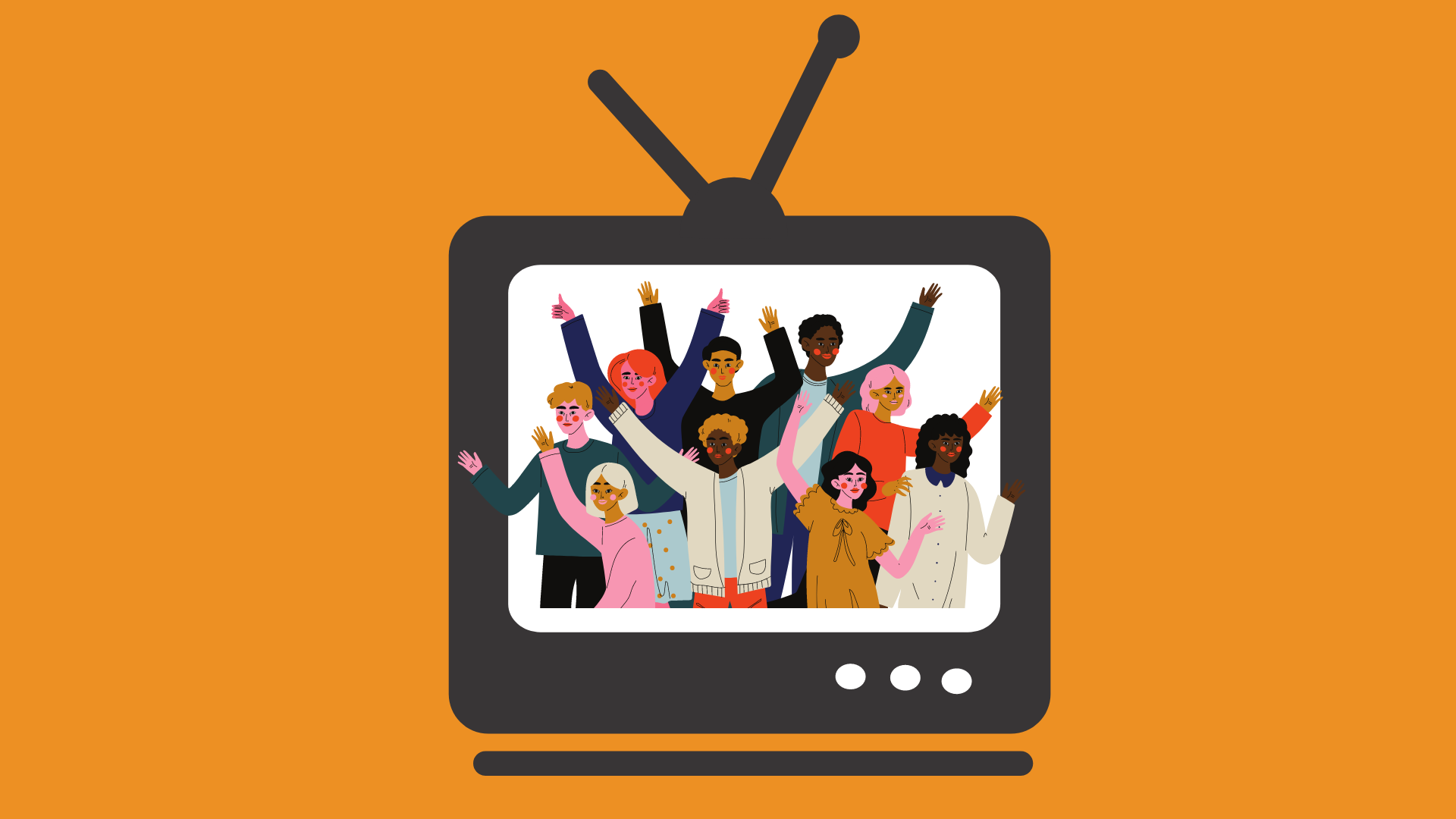
What does media representation mean? It can mean everything to people of color who want to see accurate depictions of the cultures and communities that mean everything to them.
Oxford Reference defines representation as “depicting or ‘making present’ something which is absent (e.g. people, places, events, or abstractions) in a different form.”
It’s important to understand the media representation of ethnic minorities isn’t new and isn’t perfect. While portrayals of ethnically diverse characters in various media forms have improved greatly, there’s still room for growth and change.
One research article published in 2015 titled “Documenting Portrayals of Race/Ethnicity on Primetime Television over a 20-Year Span and Their Association with National-Level Racial/Ethnic Attitudes” looks at media representation of ethnic minorities.
The authors analyzed “the 345 most viewed U.S. television shows within 12 separate television seasons spanning the years 1987 to 2009.” The article covers the fluctuation of representation of each ethnic group throughout the sample 22 years. It lists whites, at their peak representation, compromising 88% of the regular characters in the highest viewed primetime shows.
African American character portrayals followed at 21.6% at their peak. The article showed Latinos and Asians being “grossly underrepresented” on TV. At their highest representation levels on television, Latino characters accounted for 3% and Asian characters accounted for 2.8%.
According to the article, Native Americans were the most “severely underrepresented” with three characters out of 2,336 regular characters in 12 television seasons being Native American.
Two of these are the same character, Marilyn Whirlwind, in two seasons of “Northern Exposure.” The third Native American character was a contestant on the reality show “Survivor” — the son of a Quechan mother and a white European father.
This research was done while I was growing up and portrays where representation levels were at the time. The inaccurate or stereotypical portrayals of minority characters during the studied sample were also a massive problem.
When I was a little girl, I wanted so badly to be Cinderella. I’m not sure when, but at some point, I realized I didn’t look anything like Cinderella as a dark-skinned Latina. Princess Jasmine was next — I obsessed over our shared dark features. I remember coming to a primitive understanding that although I looked a little closer to Jasmine than I did to Cinderella, Jasmine and I didn’t share the same traditions, culture or clothing.
All I wanted was to look at a princess and know we were the same. I moved on to Pocahontas, then Mulan, then Tiana from “The Princess and the Frog.”
I’m so grateful to see many changes and improvements in the representation of ethnic minorities since 2015. I was brought to tears when Disney released the first “Moana” movie trailer and her skin tone was almost identical to mine. Outside of just Disney, there have been major changes and improvements to the diversity and representation in film, television and music.
UCLA’s College Division of Social Sciences published its most recent Hollywood Diversity Report this year. This is the second consecutive report to show that the number of people of color has grown in every film employment field. Minority-written and directed films were shown to have significantly more diverse casts than those written or directed by white men.
“In 2020, films with casts that were from 41 percent to 50 percent minority enjoyed the highest median global box office receipts, while films with casts that were less than 11 percent minority were the poorest performers,” the report said.
While I celebrate representation levels growing, there are still improvements that need to be made.
I recently conducted an interview with Mauli Junior Bonner, African American director and producer of the film, “His Name is Green Flake” and co-author of the children’s book, “Child of God.”
His film and children’s book were both inspired by instances where he realized there was a greater need for representation. Bonner recounted to me an experience he had with his young son at church. His son looked at a well-known Church painting depicting Christ coming down from the sky, surrounded by angels blowing their trumpets.
His child’s granddad had recently passed away and his son looked at the painting, asking Bonner questions like, “where are the brown angels? I thought granddad was an angel?” His son expressed confusion and wondered where his granddad was if that is what heaven is like.
Bonner expressed the difficulty of explaining to his son that although the Church’s artwork is not representing it, there are indeed angels in heaven of every skin color.
Bonner and his wife, Chantel, decided to create “Child of God” — a children’s book depicting children of various skin colors and backgrounds. The Bonners hope the book will help families start conversations about the wide diversity of God’s children.
This is one small example demonstrating how creative and innovative changes need to be made to give our society honest representations of the cultures and skin colors of all of God’s children.
Diverse and accurate media representation can shape little boys’ and girls’ understanding of the world and who lives in it. I’ve seen firsthand when accurate representation brings joy and excitement to people of color who have gone their entire lives without it.
I have personally heard and seen some people express that the topic of representation has been dragged on and overly pushed. I wholeheartedly promise media representation is as relevant as ever and increased media representation of ethnic minorities will change people’s lives for the better.




